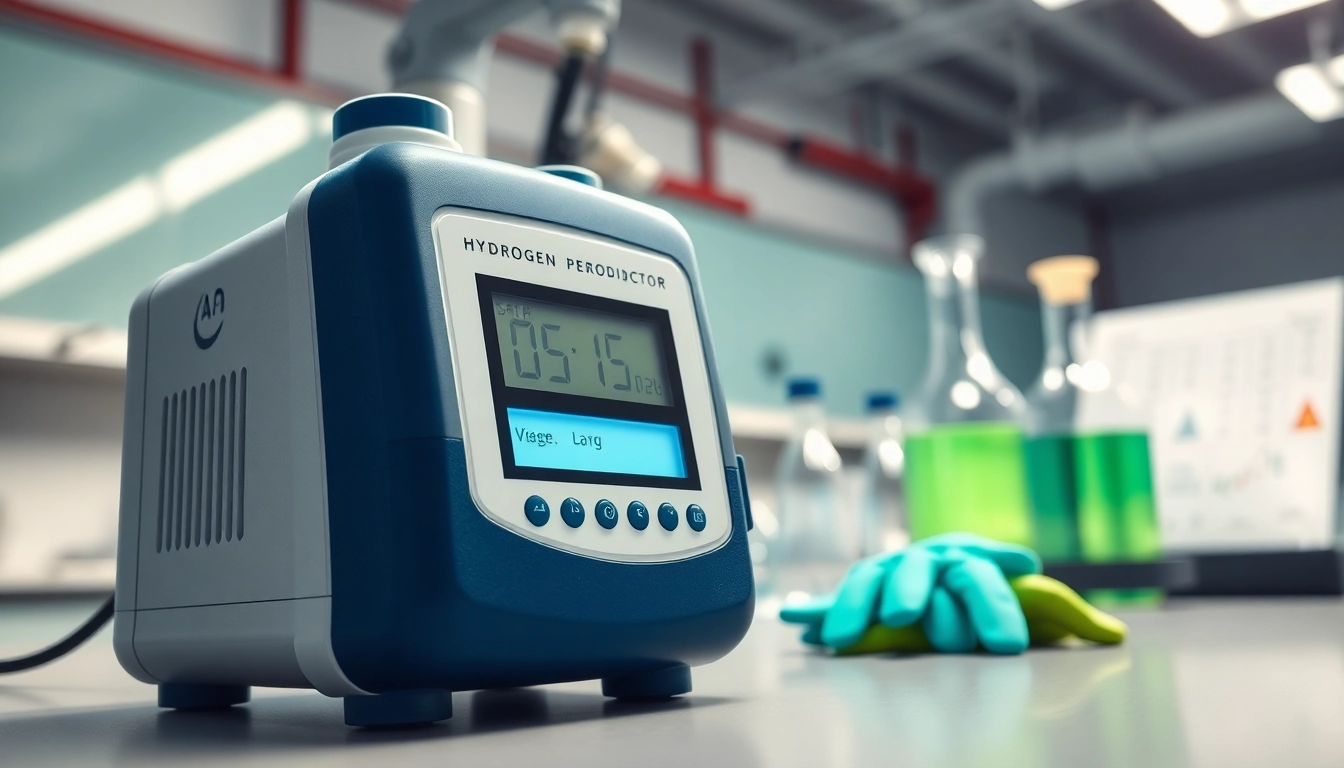What is Testosterone Replacement Therapy?
Definition and Purpose
Testosterone Replacement Therapy (TRT) refers to a medical treatment aimed at restoring testosterone levels that are considered low or inadequate for optimal health. This therapy is typically prescribed when an individual, primarily men, experiences symptoms associated with low testosterone levels, medically referred to as hypogonadism. The key purpose of TRT is to alleviate these symptoms, improve the quality of life, and contribute to overall well-being.
How Testosterone Levels Affect Health
Testosterone plays a critical role in a variety of bodily functions beyond sexual health. It influences muscle and bone mass, fat distribution, red blood cell production, and even mood regulation. Low testosterone levels can lead to various health issues, including fatigue, depression, decreased libido, and increased body fat. Understanding these effects underscores the importance of addressing low testosterone levels through effective treatment options, such as Testosterone Replacement Therapy.
Common Forms of Testosterone Replacement Therapy
TRT can be administered via several methods, each suited for different preferences and medical conditions. The most common forms include:
- Injections: Administered directly into the muscle, typically every one to two weeks. This method can provide quick increases in testosterone levels.
- Patches: Transdermal patches deliver a steady amount of testosterone through the skin, typically worn on the upper body or arm.
- Gels: Topical gels offer another option for delivering testosterone through the skin, allowing for daily application.
- Pellets: Small pellets are implanted under the skin and release testosterone gradually, often lasting several months.
Benefits of Testosterone Replacement Therapy
Improved Energy and Vitality
One of the most immediate benefits reported by individuals undergoing TRT is a significant boost in energy levels. Many men who experience low testosterone also report feelings of fatigue and lethargy. Administering testosterone can help restore vitality, making daily activities easier and more enjoyable. Clinical studies have shown that individuals on TRT often experience increased motivation and engagement in both physical and mental tasks.
Enhanced Sexual Function
Testosterone plays a crucial role in sexual health, and low levels can lead to diminished libido and erectile dysfunction. For many individuals, TRT can restore sexual function by improving libido, enhancing erectile function, and promoting overall sexual satisfaction. Numerous studies suggest that men who undergo TRT often report improved sexual performance and a greater sense of sexual well-being.
Bone and Muscle Health Gains
Testosterone is vital for maintaining muscle mass and bone density. As individuals age, declines in testosterone levels can lead to reduced muscle strength and bone health, increasing the risk of fractures. TRT has been shown to promote muscle growth and strength, as well as enhance bone density, which is especially important in older adults. This therapeutic approach not only helps in maintaining physical performance but also supports long-term skeletal health.
Potential Risks and Side Effects
Short-term Side Effects to Consider
While TRT offers important benefits, it is not without potential side effects. Some individuals may experience short-term effects, including:
- Acne and oily skin
- Increased sweating
- Sleep disturbances or sleep apnea
- Changes in emotional state, including irritability or mood swings
These effects can vary significantly between individuals, highlighting the importance of personalized treatment plans and careful monitoring by healthcare providers.
Long-term Health Risks Associated with Testosterone Replacement Therapy
Long-term use of TRT may also carry certain risks. Some studies have suggested a potential link between TRT and cardiovascular issues, including an increased risk of heart attack and stroke, particularly in older men or those with pre-existing heart conditions. There is also concern regarding the potential for testosterone to exacerbate conditions like prostate cancer. Regular follow-up appointments and health screenings are essential for monitoring these risks effectively.
Monitoring and Management of Side Effects
Management of side effects is a critical aspect of TRT. Regular monitoring through blood tests and consultations allows healthcare providers to adjust dosages and methods accordingly to minimize risks and maximize benefits. Establishing clear communication with healthcare professionals is vital for addressing any emerging concerns and ensuring safe and effective therapy.
Criteria for Considering Testosterone Replacement Therapy
Who Should Seek Consultation?
Individuals who suspect they may have low testosterone levels should consider seeking consultation with a healthcare provider. Common reasons for consultation include changes in energy levels, mood alterations, and sexual dysfunction. Specifically, men experiencing significant fatigue, decreased libido, or other symptoms associated with low testosterone should address these concerns proactively.
Symptoms Indicating Low Testosterone
Recognizing the symptoms of low testosterone is essential for timely treatment. The following signs may indicate a deficiency:
- Chronic fatigue and reduced energy
- Decreased muscle mass or strength
- Increased body fat
- Reduced libido and sexual performance issues
- Mood changes, including depression or irritability
Awareness of these symptoms can empower individuals to seek the necessary medical evaluation.
Diagnostic Tests for Hormone Levels
A definitive diagnosis of low testosterone usually involves laboratory tests measuring serum testosterone levels. These tests are typically conducted in the morning when testosterone levels are highest. Additional tests may be performed to rule out other underlying health issues or confirm the diagnosis of hypogonadism. Combining clinical evaluation with laboratory data helps ensure an accurate diagnosis and tailored treatment.
Making Informed Decisions About Testosterone Replacement Therapy
Engaging with Healthcare Providers
Engaging with a qualified healthcare provider is crucial in navigating the complexities of TRT. Open discussions regarding symptoms, treatment options, benefits, and potential risks can help individuals make informed decisions about their health. Patients should feel comfortable asking questions, voicing concerns, and exploring all available treatment avenues.
Evaluating Treatment Options
There are various TRT options available, and selecting the most appropriate one depends on individual preferences, lifestyles, and medical history. Healthcare providers can help discuss the pros and cons of different methods, including injections, patches, gels, and pellets. Ultimately, the choice should align with both medical needs and personal convenience.
Setting Realistic Expectations for Treatment
Setting realistic expectations is essential to the success of TRT. Patients should understand that while TRT can significantly improve symptoms of low testosterone, results can vary from person to person. Establishing measurable goals and timelines can help individuals track their progress and adjust treatment as needed. Continuous engagement with healthcare providers ensures ongoing assessment of efficacy and appropriateness throughout the treatment journey.



